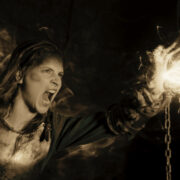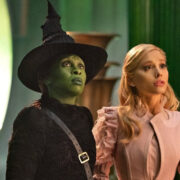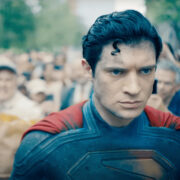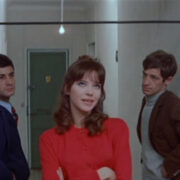Aliens Attack! The On-Screen Evolution Of Our Extraterrestrials
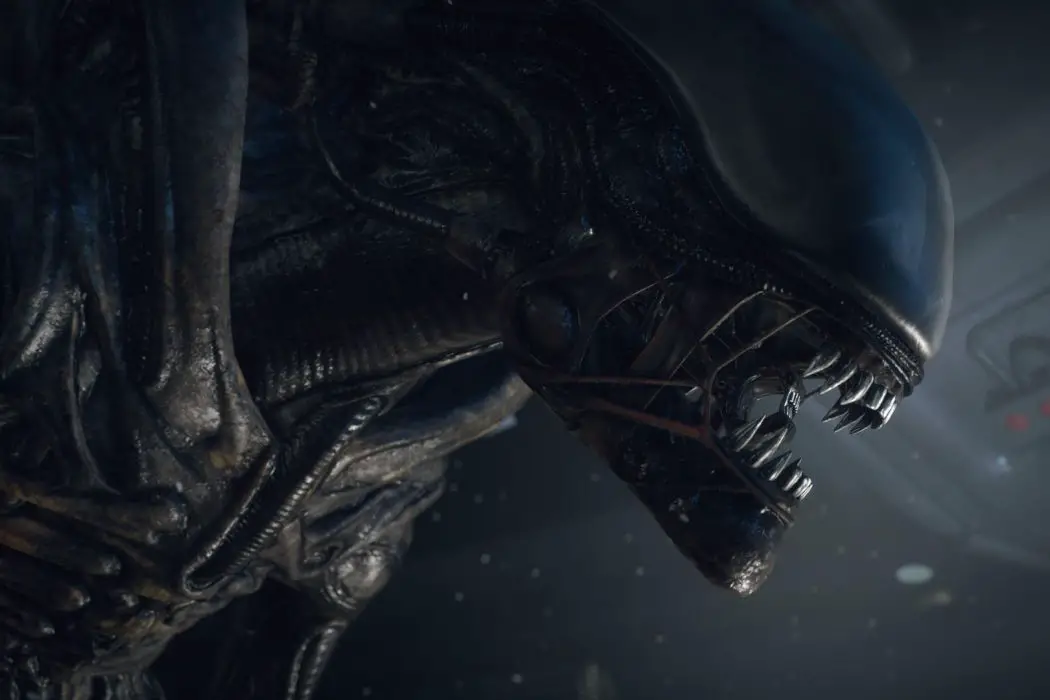
I'm a 20-something year old avid film fan who loves…
Aliens first appeared in George Méliès’ seminal work A Trip to the Moon in 1902. They took the form of leotard-clad gymnasts hopping in a jungle-like landscape while Méliès’ explorers hit them with umbrellas.
As a blueprint for alien life, Méliès’ interstellar interpretation is a far cry from the CGI-imposed 3D monsters of today. Not only has alien life changed aesthetically to feature tentacles, snarling teeth and egg-shaped heads, but our extraterrestrial enemies have evolved from an evil threat, to child-like comedy, to extraordinary overlords.
Aliens have long been both friends and enemies within the sci-fi genre. In the same year E.T. phoned home, Kurt Russell fought The Thing. The year that Simon Pegg and Nick Frost journeyed to area 51 with a weed-smoking alien, two months later John Boyega defended his South London block from a very different alien invasion. Even in 2016, months before Amy Adams deciphered the wisdom of almighty aliens to save the future, Mary Elizabeth Winstead ran screaming from an evil interstellar takeover of Earth in 10 Cloverfield Lane.
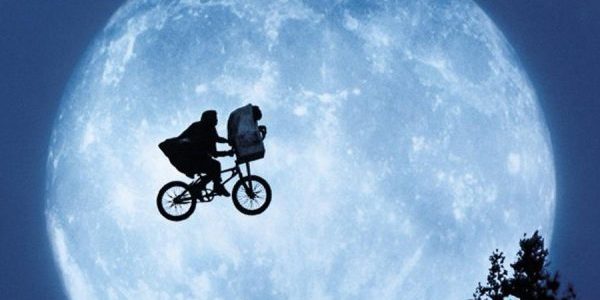
Our relationship with extraterrestrials has been a bumpy ride to say the least, but why is Hollywood so fascinated with them? Who has contributed to this ever-changing portrayal of extraterrestrials? And what are the many faces of alien life?
Run! Run! Run!
The earliest interstellar impression most of us made was probably Ridley Scott’s terrifying xenomorph in 1979’s Alien. The image of the iconic intergalactic villain stalking Ripley with its rows of teeth and curling tail is etched into the minds of most film fans.
This early period of on-screen alien life is most characterised by the outer space enemies we faced such as xenomorphs and predators, towards the late 90’s and early 2000’s we instead faced apocalyptic doom thanks to the likes of Independence Day, Signs, and War of the Worlds. Our contemporary alien enemies are categorised by a more war-mongering rhetoric: Battle Los Angeles, Cowboys & Aliens, The Darkest Hour, Attack the Block.
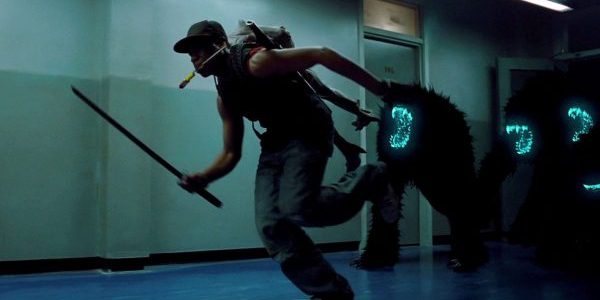
Though these alien blockbusters vary in cultural impact and in critical and financial success, they demonstrate a period of our fear of extraterrestrials and the threat of our own extermination. It could be said that the fear of new technology across the 80’s and 90’s assimilated easily into a fear of alien life; the unknown power of computers and satellites fed into the appetites of sci-fi writers who mirrored our technological concerns with intergalactic ones.
But who’s afraid of technology now? The alien scare factor has been derailed by our comfort and desire for new tech and gadgets. That leaves our aliens with the need to evolve with our thinking. As we become more tech savvy and sophisticated, so must they.
The Smarter the Sci-Fi, the Smarter the Alien
This year’s biggest extraterrestrial invasion is Denis Villeneuve’s Arrival. It’s an incredible spectacle of intelligent and thought-provoking cinema that shines a new light on our outer space neighbours. Here to share secrets of the universe, rather than take over the planet, 12 ambiguous alien ‘shells’ plant themselves across Earth. Why they are here, no one knows. But what’s discovered by linguist Amy Adams and physicist Jeremy Renner is far from the apocalyptic showdowns seen in Independence Day and War of the Worlds.
Arrival signals the future of the alien on-screen evolution. Our aliens now need to be complex, interesting, and mysterious to really make their mark. Roland Emmerich’s effort to bring apocalyptic doom to 2016 in Independence Day: Resurgence didn’t work for many reasons and its financial and critical slaughtering demonstrates our newfound boredom with destruction and death.
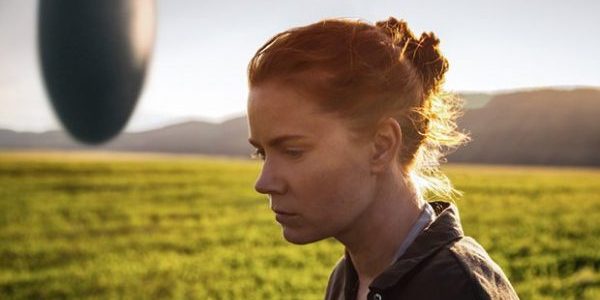
Another example of the ‘smarter alien’ can be seen in Christopher Nolan’s Interstellar. Though not presented in any physical form, the force that guides Cooper (only called ‘they’) could be an advanced human race, a helpful alien race, or some other theoretical interstellar force. In regarding this powerful ‘they’ as some sort of alien life, it can be seen that extraterrestrials really have evolved from physical invaders to more metaphorical concepts.
But alongside the evolving representation of alien life is the ‘family-friendly’ extraterrestrials that cannot be ignored when considering our on-screen fascination with our other worldly neighbours. We must look at who is contributing to this alien representation and why they may have influenced how we see extraterrestrial life forever.
The Family-Friendly Storytellers
Some of the same directors and actors have brought multiple stories of alien life to screen. Most notably, brothers in arms Steven Spielberg and J.J. Abrams, who together have contributed to the making of 14 on-screen alien invasions. Spielberg has said that his interest in interstellar life stems from a likeness felt towards aliens during his childhood, as well as his father’s interest in science fiction. Abrams made the same childhood journey to the sci-fi genre by making 8mm home movies that later led to him working with his sci-fi hero Spielberg.
Spielberg’s fascination with alien life spans four decades. Whether producing or directing, Spielberg has played a part in some of the biggest extraterrestrial blockbusters ever, from his early days with Close Encounters of the Third Kind and E.T., to his more recent work on the Men in Black series, War of the Worlds and Indiana Jones and the Kingdom of the Crystal Skull.
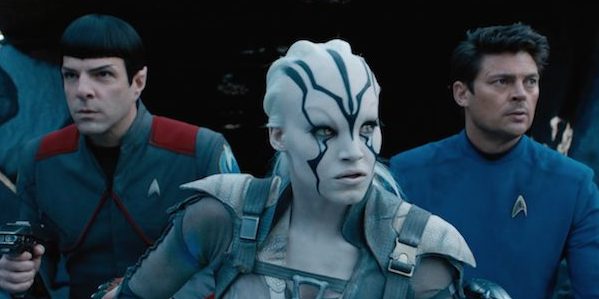
Abrams and Spielberg are probably most responsible for bringing about an era of ‘family-friendly’ aliens; Spielberg especially with E.T. and the Men in Black series which he directed and produced respectively. Abrams is only a lesser contributor owing to his smaller filmography, but his work on the Star Trek and Star Wars franchises has brought their own diverse representations of alien life to a whole new audience.
The Alien Evolution
Our fascination with aliens continues in many forms, though at first bred to scare, they will continue to intrigue every age and are becoming a force of co-operation and intelligence. It’s this changing idea of what alien life is that keeps filling seats in cinemas; the sci-fi genre is changing faster than any other and this is why audiences are still excited by it. With the next instalments of many sci-fi greats still to come (Guardians of the Galaxy Vol. 2, Alien: Covenant, Star Wars Episode VIII), we can only sit back and watch.
What are some of your favourite alien films? Is sci-fi getting even smarter? Comment below!
Does content like this matter to you?
Become a Member and support film journalism. Unlock access to all of Film Inquiry`s great articles. Join a community of like-minded readers who are passionate about cinema - get access to our private members Network, give back to independent filmmakers, and more.
I'm a 20-something year old avid film fan who loves to write about all things film. I'm from the UK. A random list of my favourite film stuffs include: David Fincher, Inglorious Bast**ds, Juno, The Social Network, Jurassic Park, Pride, Leonardo DiCaprio, Eternal Sunshine of the Spotless Mind and Julianne Moore.


